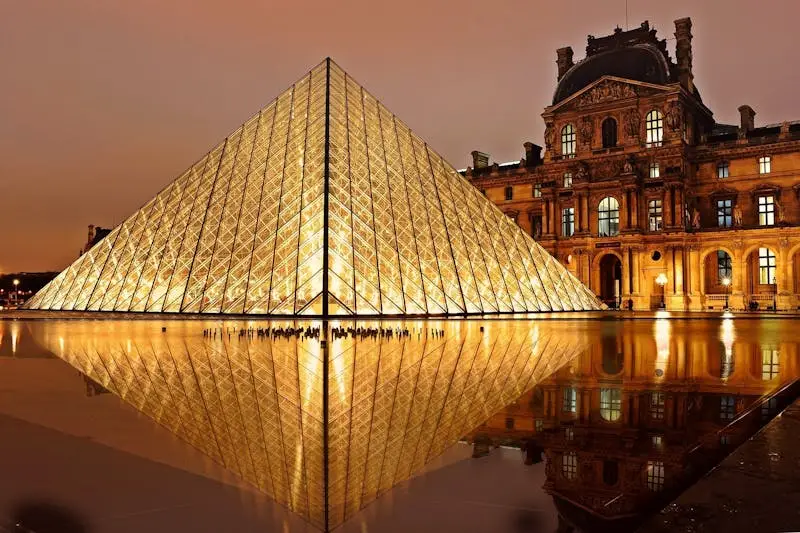Four individuals have been indicted in connection with the audacious theft at the renowned Louvre Museum, Paris, as investigators look to untangle a web of organized crime that infiltrated the world-famous institution. The Paris prosecutors’ office announced the charges on Tuesday, shining a spotlight on a grand criminal conspiracy that has shocked the art world and sent shockwaves through international law enforcement agencies.
The suspects, whose identities have not been disclosed due to ongoing investigations, are alleged to be part of a larger criminal organization with a sophisticated network and resources. The theft, which occurred earlier this year, saw several high-value pieces of art stolen from the Louvre, including works from the Renaissance period. Despite the museum’s advanced security systems and protocols, the thieves were able to bypass the measures, raising concerns about the potential vulnerabilities in even the most secured art institutions.
Charges and Investigations
According to the Paris prosecutor’s office, the four suspects have been charged with theft of cultural property, criminal conspiracy, and damage to cultural property. The suspects are presumed innocent until proven guilty. If convicted, they face up to 20 years in prison and hefty fines.
Authorities have been tight-lipped about the details of the ongoing investigation, but it is understood that international law enforcement agencies, including Interpol, are involved. The scope of the investigation has expanded beyond France, underscoring the international nature of the art theft underworld.
Investigators have also been exploring potential links between this case and previous high-profile art thefts in Europe. As the investigation continues to unfold, it promises to provide a rare glimpse into the secretive and highly organized world of international art crime.
Theft Shakes the Art World
The theft from the Louvre Museum sent shockwaves throughout the global art community. The audacity of the heist, combined with the high-profile location, has raised significant questions about the security of priceless artworks at major museums.
The Louvre, which is the largest art museum in the world and a historic monument of Paris, houses approximately 38,000 objects from prehistory to the 21st century. Its most famous piece, the Mona Lisa, was not among the works stolen.
Following the theft, museums worldwide have been reassessing their security measures, with many looking to bolster their systems to prevent similar incidents. The theft has also prompted renewed discussions around the illicit trade of stolen artworks, a black-market industry that is estimated to be worth billions of dollars.
Efforts to Recover Stolen Art
The recovery of the stolen pieces from the Louvre has become a top priority for international law enforcement agencies. French authorities are working closely with Interpol’s Stolen Works of Art Database, a tool designed to assist in the identification and recovery of stolen or illegally trafficked cultural property. So far, none of the stolen pieces have been recovered.
This is not the first time the Louvre has been targeted by thieves. In 1911, the Mona Lisa was famously stolen from the museum, only to be recovered two years later. The incident prompted significant changes in museum security, and the current theft is expected to have a similar effect.
As investigations continue, art enthusiasts and professionals alike wait anxiously for the return of the stolen pieces and hope that this incident will serve as a catalyst for the strengthening of security measures and the fight against the illicit trade of stolen artworks.













